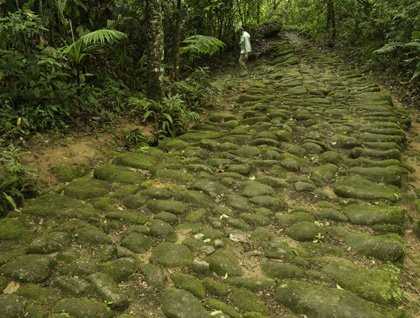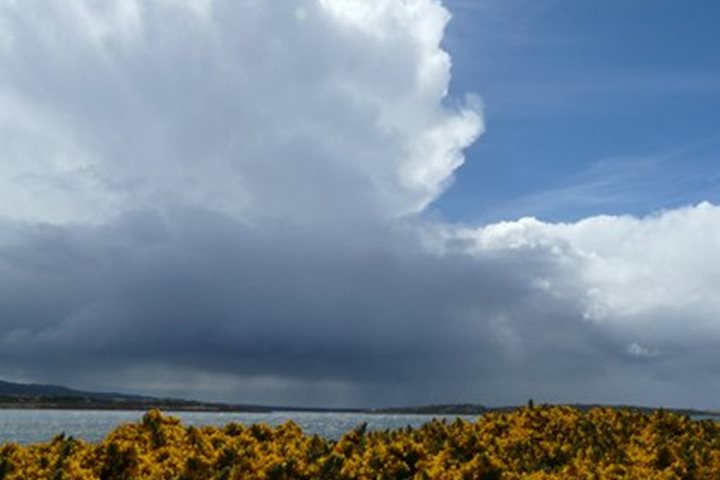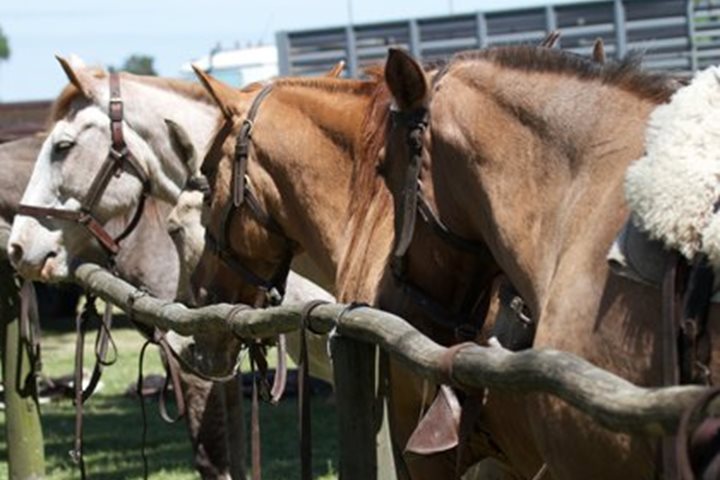After the hustle and bustle—especially the traffic—of Rio, it was a pleasant contrast to awake after an overnight sail in the great bay of Paraty, its surrounding mountains clad in Atlantic rain forest and shrouded in cloud. The bay is shallow, affording a measure of protection to the local carrying trade of the Portuguese who used the port of Paraty to export gold and diamonds from their mines in the hinterland of Minais Gerais up the coast to Rio de Janeiro for onward transfer to Lisbon. The shallowness of the bay necessitated a long Zodiac ride into town but the weather was kind and the views spectacular.
The old town is extraordinarily evocative, as though the Portuguese left yesterday. It is a perfectly preserved eighteenth-century colonial town with cobbled streets and low rise buildings, all in an excellent state of preservation as befits a town with UNESCO World Heritage status. An intriguing feature is that the main streets are concave and cleansed each day by the incoming tide. Our historical walking tours visited a number of key buildings, including churches, art exhibitions, a puppet theatre and a culinary store, the latter offering cachaça tastings, including one infused in clove and cinnamon named Gabriela, inspired by the work of Jorge Amado whom we met earlier in the voyage and who seems reluctant to bid us farewell.
A morning hike followed a restored segment of the Estrada Real, the former highway linking the port with the inland mines, also known as the Caminho do Ouro. The seventeenth-century road surface is wonderfully preserved and the trail affords magnificent views of the mountains, rain forest and the ocean.
After dinner we were treated to an onboard concert by local singer Luisa Maita and band, introduced by our musicologist, Jacob Edgar.










